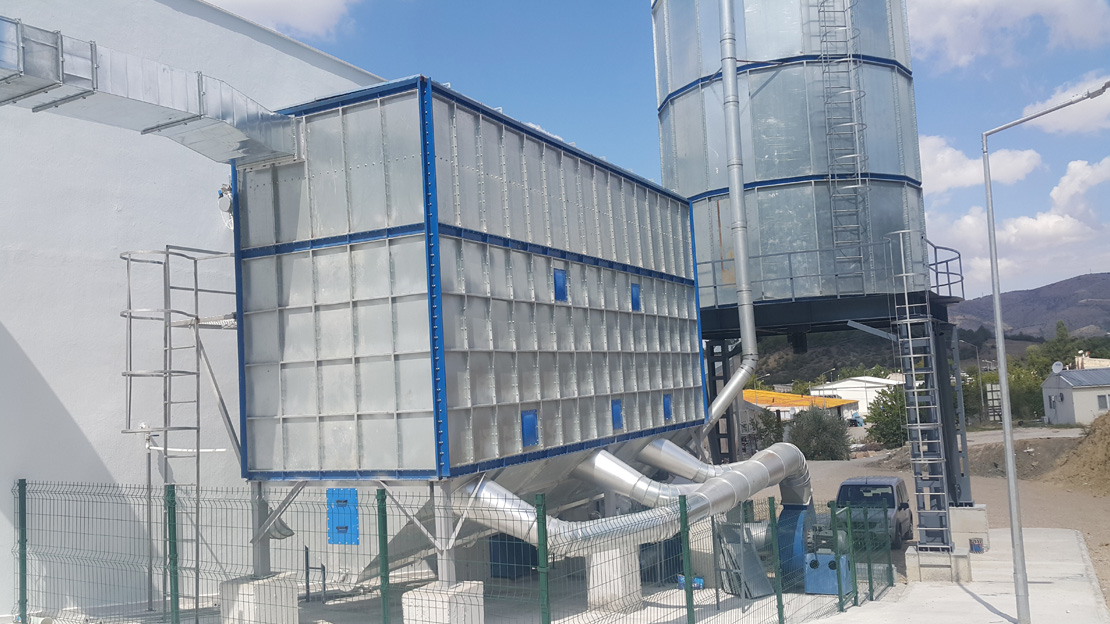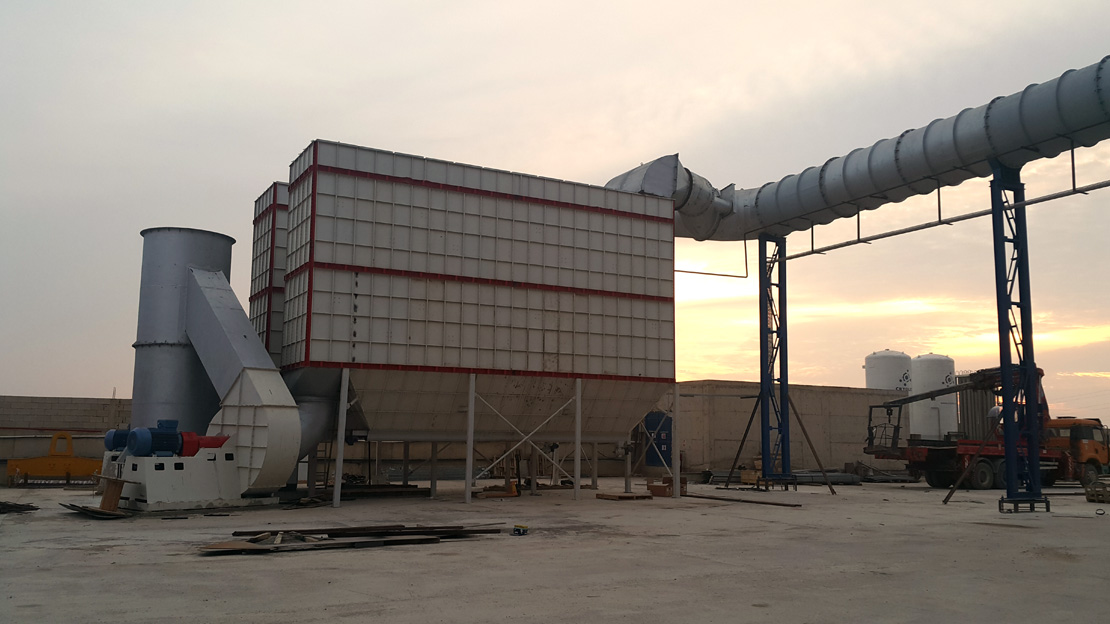








seed washing system we have compiled all the details that are curious about the seed washing system for you. ıt is the removal of different species (weeds) and debris that are foreign to the sample, or of low quality, contaminated or infected seeds and seeds. why is seed cleaning important? maintaining an engagement in a gene bank is costly and space is limited. debris and damaged seeds can spread the infection. therefore, only quality viable seeds should take up space in the store and damaged or non-viable seeds should be destroyed to prevent the spread of infection. each accession should be represented in the gene bank with a minimum number of clean seeds. when should seed cleaning be done? seeds should be cleaned immediately after registration or harvest. ıf the seeds are very moist and cleaning is done by machines, it may be necessary to dry the seeds inside the fruit to a moisture content of 12 - 16% before cleaning to avoid damage. seeds donated by other institutes usually come cleaned. how to clean ? cleaning should be done in a way that causes minimal damage to the specimen and does not waste good seeds. the following procedures can be used as a guide. step 1. ınspect each sample to determıne the condıtıon of the materıal provıded 1. consider each participation separately. 2. empty the contents of each package into a labeled tray large enough to spread the material.
3. check if the seeds are in dry or fleshy fruit or have been cleaned beforehand. step 2. clean the seeds we are accompanyıng 1. check if the seeds are dry enough to be cleaned without damage, as moist seeds (above 16% moisture content) may be damaged during cleaning. 2. ıf the samples are too moist, place the container with the fruit in the drying room, if available, or in a shaded place to dry. 3. seeds can be safely cleaned when the seed moisture content is estimated to be in the range of 12 - 16%. 4. clean the seeds of the fruit preferably by hand. 5. small threshing machines can be used for some products, provided that they do not damage the seeds. clean the threshers between each inlet to avoid mixing seeds from different inlets. mechanical cleaning is less valuable in multi-product gene banks. 6. remove any residue from the seeds using graduated sieves. 7. fragments of debris that are the same weight and size as the seeds should be removed by hand. 8. separate the dry light material from the seeds by blowing it off, blowing it gently over the seeds, or using a seed blower. 9. return the cleaned seeds to the tray, ready for inspection.
Bu site çerezler kullanır. Sitede gezinmeye devam ederek çerezlerimizin kullanımını kabul etmiş olursunuz.
Daha fazlası